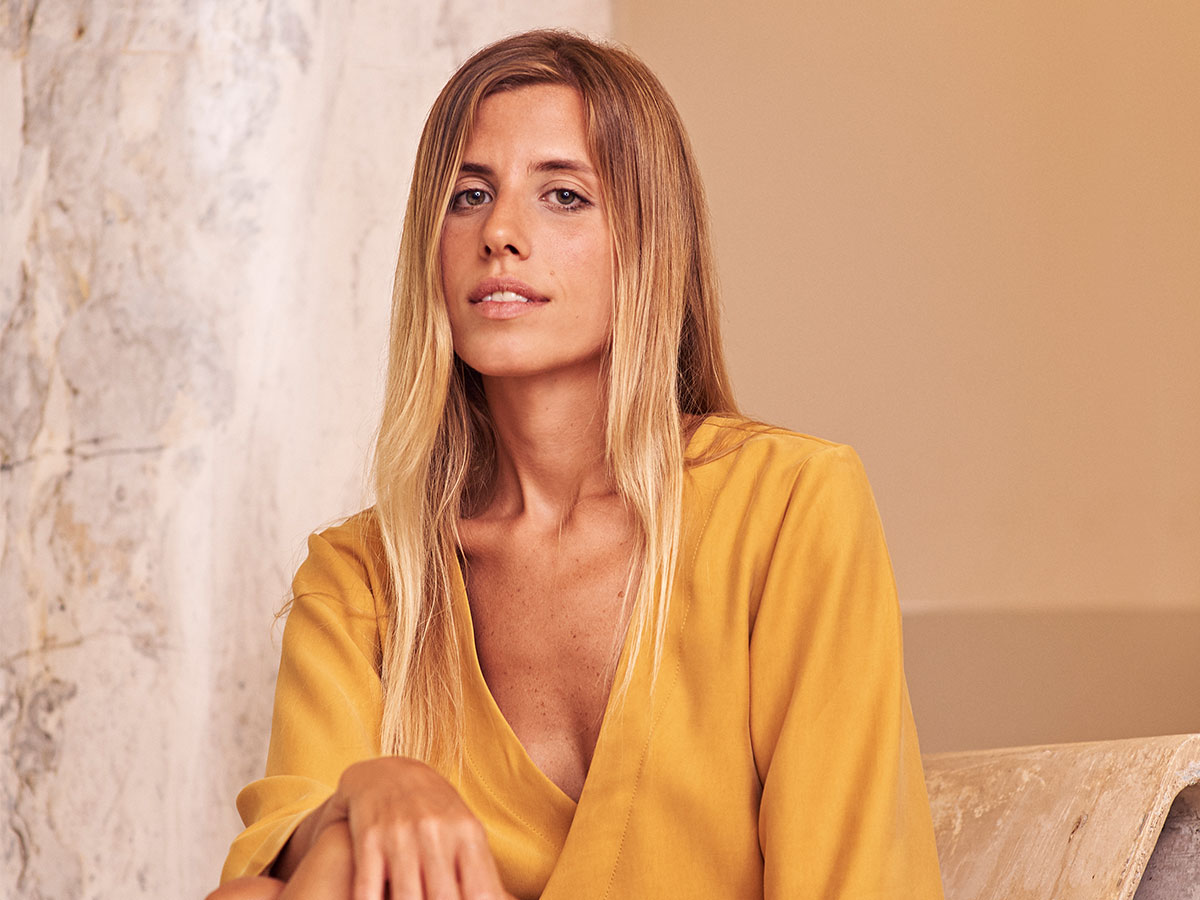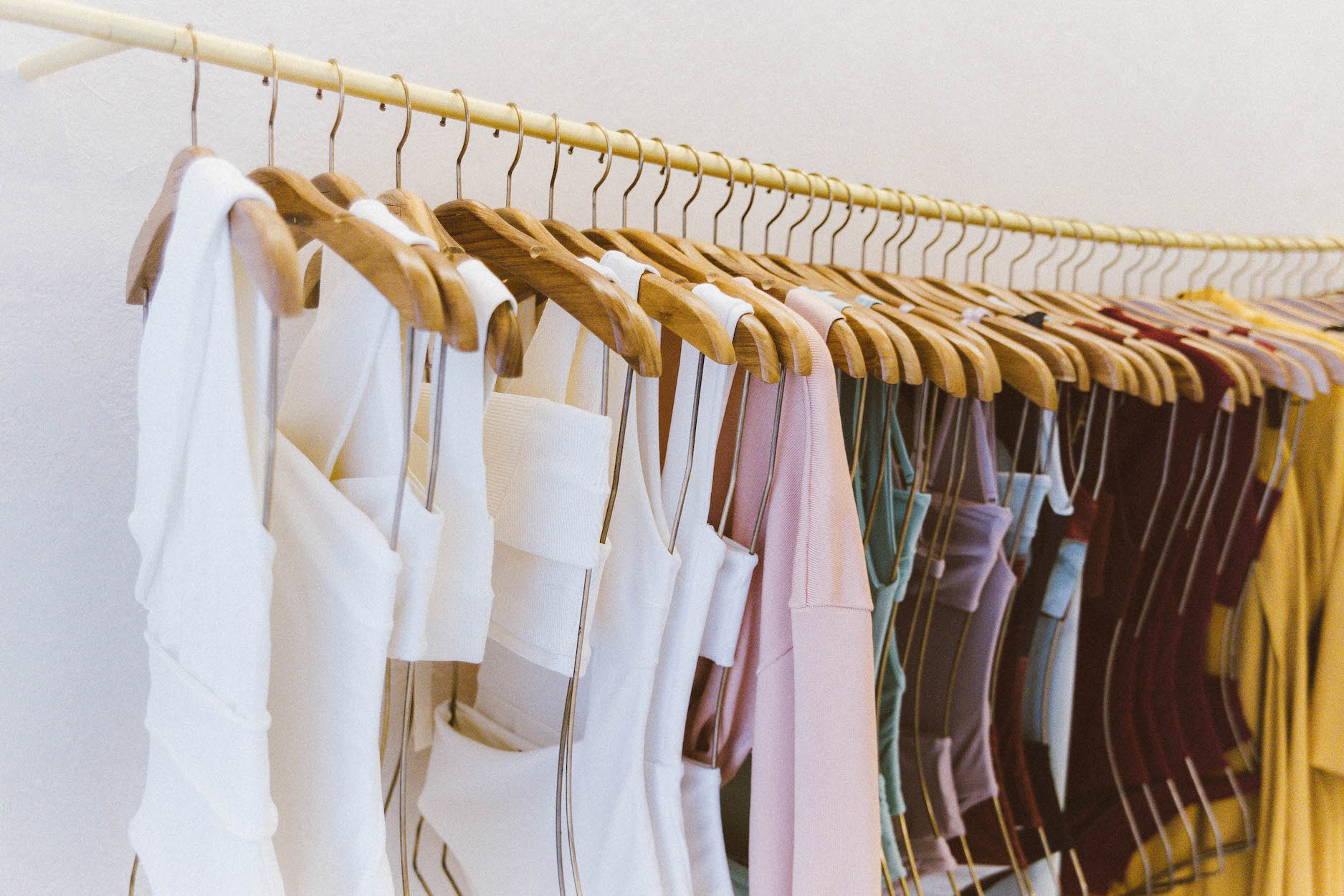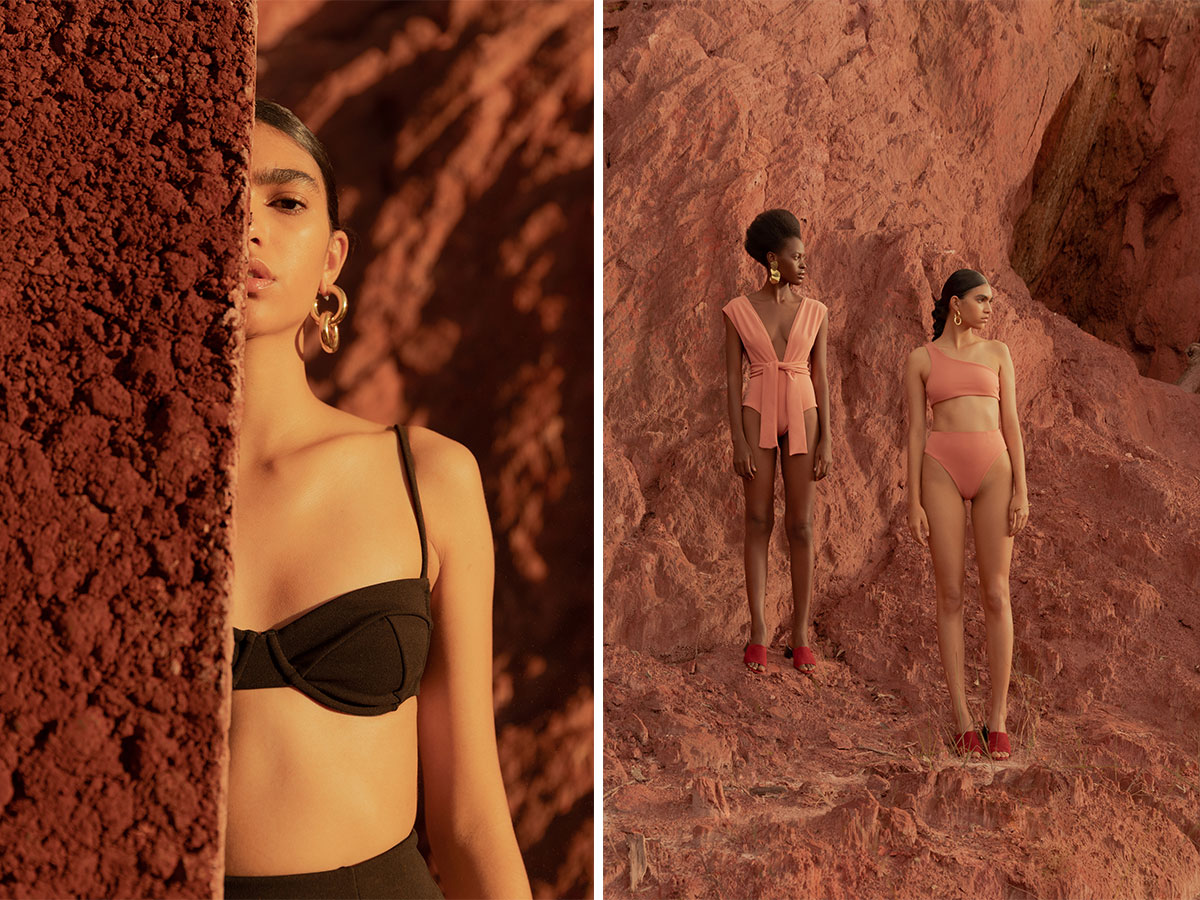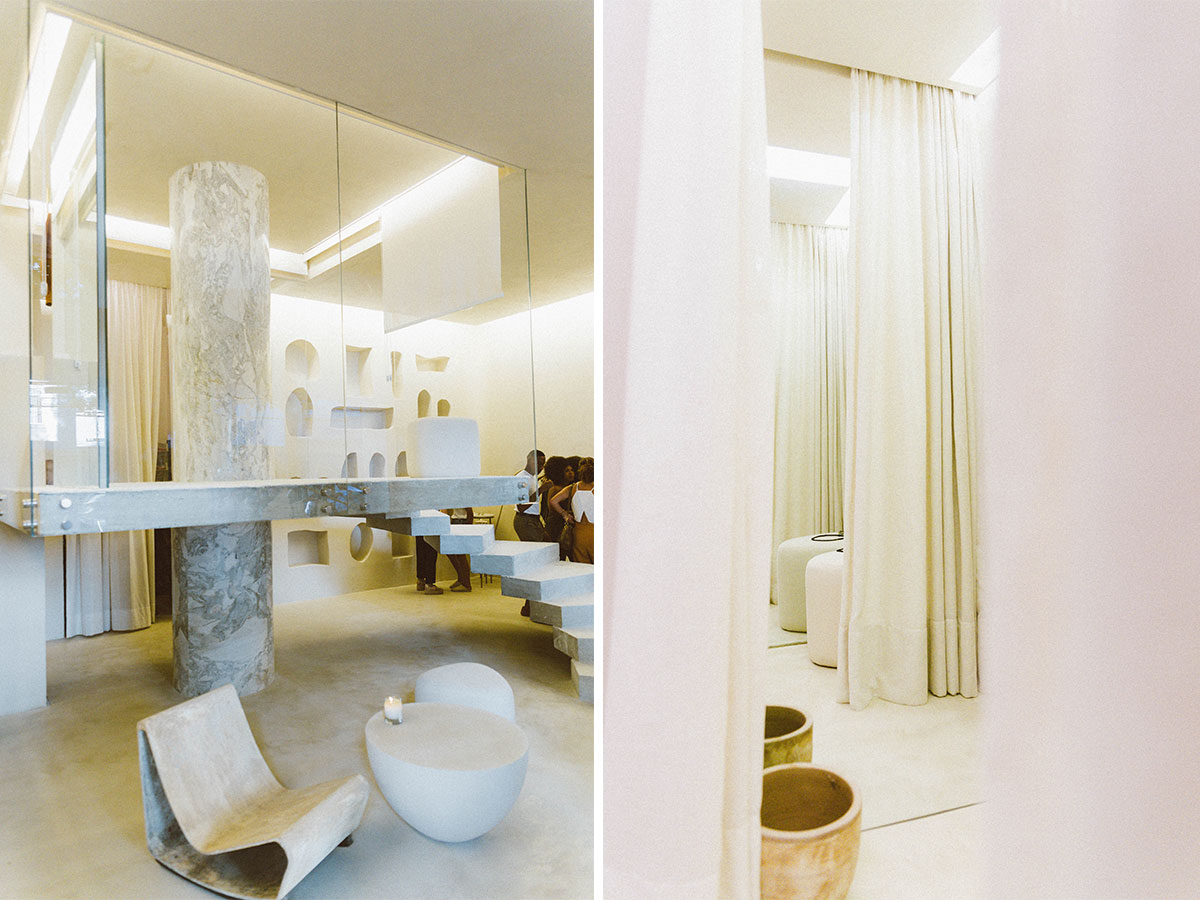As the founder of swimwear brand Haight, Marcella Franklin’s affinity for the category can be described as predestined. Born and raised in Rio de Janeiro, Brazil—a city known for its sprawling, densely populated shoreline, where the culture is centered around bathing in the sun and surfing—her first contact with fashion was this barely-there attitude. From tanks and shorts to Speedos and bikinis, the sartorial proclivities of Cariocas are not only apropos for the heat and humidity, but also for the city’s energetic, sexually-charged vibe, epitomized by Carnival. A maximalist approach, with vibrant hues and flamboyant patterns, is the general modus operandi. So, when Franklin set out to create her line, one intended to have a global reach, she decided to buck the status quo.
How Haight Is Subverting the Idea of Brazilian Swimwear
Designer Marcella Franklin is creating a new vocabulary for the category, one that speaks to a less-is-more attitude.
Designer Marcella Franklin is creating a new vocabulary for the category, one that speaks to a less-is-more attitude.

“Haight started from a desire to subvert clients’ perception of what beachwear is in Brazil,” she says. “Carioca beach fashion tends to follow a very clear stereotype involving a lot of prints. You simply couldn’t find pieces with a more somber range of tones, or vintage silhouettes, so I decided to create a line focused on a minimalistic perspective of beachwear fashion.”
Founding Haight in 2015, Franklin sought to offer a new vocabulary to Brazilian fashion, one that speaks to a less-is-more mindset, both in volume and look. In 2018, the swimwear market was valued at close to $19 billion, buoyed by wanderlust and the proliferation of trendy, low-priced styles, encouraging consumers to purchase more and more. Franklin takes a different stand, offering garments that eschew fussy adornments and kitschy motifs for streamlined silhouettes in rich, yet subdued colors, engineered to flatter and, most importantly, last. With that, the prices are relatively steep, starting at over $200.

“Our impeccable finishes are what sets us apart from a lot of brands,” Franklin explains. “We also establish the best possible fit for each piece. It’s often in the detail that we manage to imprint the authenticity and identity of the brand, thinking of small volumes, proportions, effects, and ribbing, among other resources. We use materials that would initially be considered too sophisticated for beachwear, or, at the very least, unlikely—like crêpe and knitted fabrics.”
Indeed, making swimwear—or more accurately, good swimwear—is not as easy as one may think at first. “The bikini is the most important thing since the atom bomb,” Vogue editor Diana Vreeland famously proclaimed. As hyperbolic as that sounds, there is truth there. Bikinis, along with maillots and bandeaus, require precision, not only to wear, but also to construct. The way they hug the body, covering up some bits while highlighting others, involves a high degree of calculation. Factor in the way it is marketed to consumers, and it might as well be a BLU-82.

Sticking with Vreeland’s bomb analogy, Franklin makes it a point to go full impact with how her designs are disseminated to the masses. The images that she creates every season are made to reflect her high-end, minimalist sensibilities, often depicting a model in surroundings that emphasize the brand’s penchant for fleshy hues, conveying how the designs function as a kind of second skin. “The campaigns often depart from the concept of an imposing and striking natural background contrasted with unlikely physical objects,” she says. Moreover, the pictures cast women posing serenely, imbuing inner strength—no sex bombs here.

The real explosion of Franklin’s ethos, though, is her stand-alone store in Rio de Janeiro. Designed by MNMA Studio, a local firm in line with Haight’s ideals, the space is earthy and sparse, featuring select furnishings and a spiral staircase that has a just-excavated quality. “It was conceived as a complete experience of the Haight universe, in a way, making it possible for us to physically occupy the imaginary world of our campaigns,” she says. “The contrasts between the construction materials brings together the natural world and the surreal, such as in the use of the clay-based paint from the Italian Studio Passalacqua, or the paper sculpture by Domingos Tótora.”

Throughout its four years, Haight has been steadily making traction in the world market. The brand is currently sold at outlets such as Bergdorf Goodman, SSENSE, Matches Fashion, and Moda Operandi, among others. And it is looking to expand its footprint further by opening more storefronts, bringing the same bedrock-esque perspective of its flagship to other major capitals. It is also introducing ready-to-wear pieces to the beachwear collections.
All of this shows that Franklin’s vision of a different kind swimwear, though a departure from Brazilian clichés, has caught wind. As she says: “There is an ongoing desire for the products to embrace the client’s body, and not the other way around, which is a very important move, as it creates a healthier industry.”
